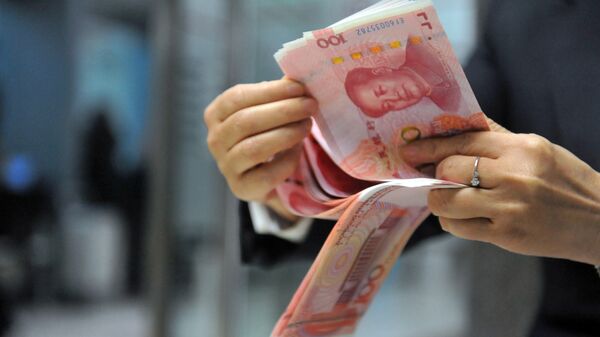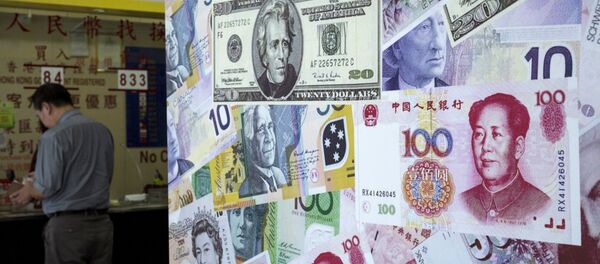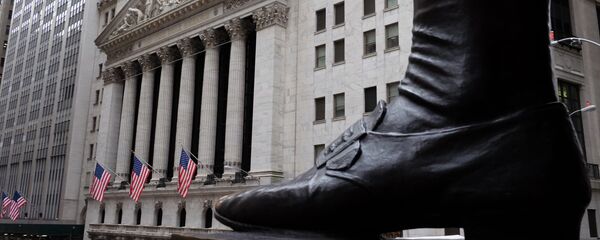While mainland China is suffering from a slowdown in its economy, stemming from the structural weakness in exports, disinvestment, and factory-gate disinflation, the PBoC took further steps to boost growth by allowing commercial banks to keep smaller volumes of money liquidity as reserves.
"China's government is pushing forward the 'supply side' reform, and the move needs someone to pay the costs. A loosening monetary environment is what we need," Li Huiyong of the Shanghai-based brokerage Shenyin & Wanguo Securities said. "We believe the central government will keep its loosening policy stance this year to support the economy."
The RRR cut is aimed at boosting commercial lending, providing cheaper credit to Chinese businesses, and potentially improving the investment situation. However, stimulus measures, while triggering a moderate chirp in financial markets across Asia, might further complicate the capital flight situation, as the renminbi is still weakening.
Effective March 1, mainland China’s RRRs are down by 0.5% to 17% for the nation’s largest lenders, while smaller cap banks, which are potentially involved in shadow economy schemes will have a more restricted access to liquidity.
This is the fifth consecutive cut in RRRs since February 2015, which suggests the PBoC is willing to act through open market mechanisms and utilize conventional measures of monetary policy, in line with the recent G20 summit message. Injections of money liquidity into the economy might potentially trigger a liftoff in overall growth, as well as a moderate increase in oil and industrial metals prices, which mainland China is a huge consumer of.
Mainland China’s growth staggered at annualized 6.9% in 2015, its slowest since 1990.
"Officials are making good on their promise at the G20 to pull all policy levers to stabilize growth," says Frederic Neumann of the Hong Kong branch of HSBC Holdings Plc. The RRR cut "suggests that officials believe that they have succeeded in reining in capital outflows, after deferring explicit monetary easing in January over worries this could accelerate outflows."
The renminbi, however, slid, potentially rendering the capital outflows situation more complex for Beijing. Both onshore and offshore FX rates for the RMB dropped, to 6.5539 and 6.5555 per dollar, respectively.
Additionally, China’s lending trends are quite encouraging, In January, the Chinese banks issued 2.51 trln renminbi in new loans, greatly surpassing the market’s previous expectations. In light of the lending pickup, the Communist Party authorities are hoping to reboot the debt-fueled growth model, allowing for supply-side reform, and liberalizing services (including financials) to foreign investment in the meantime.




